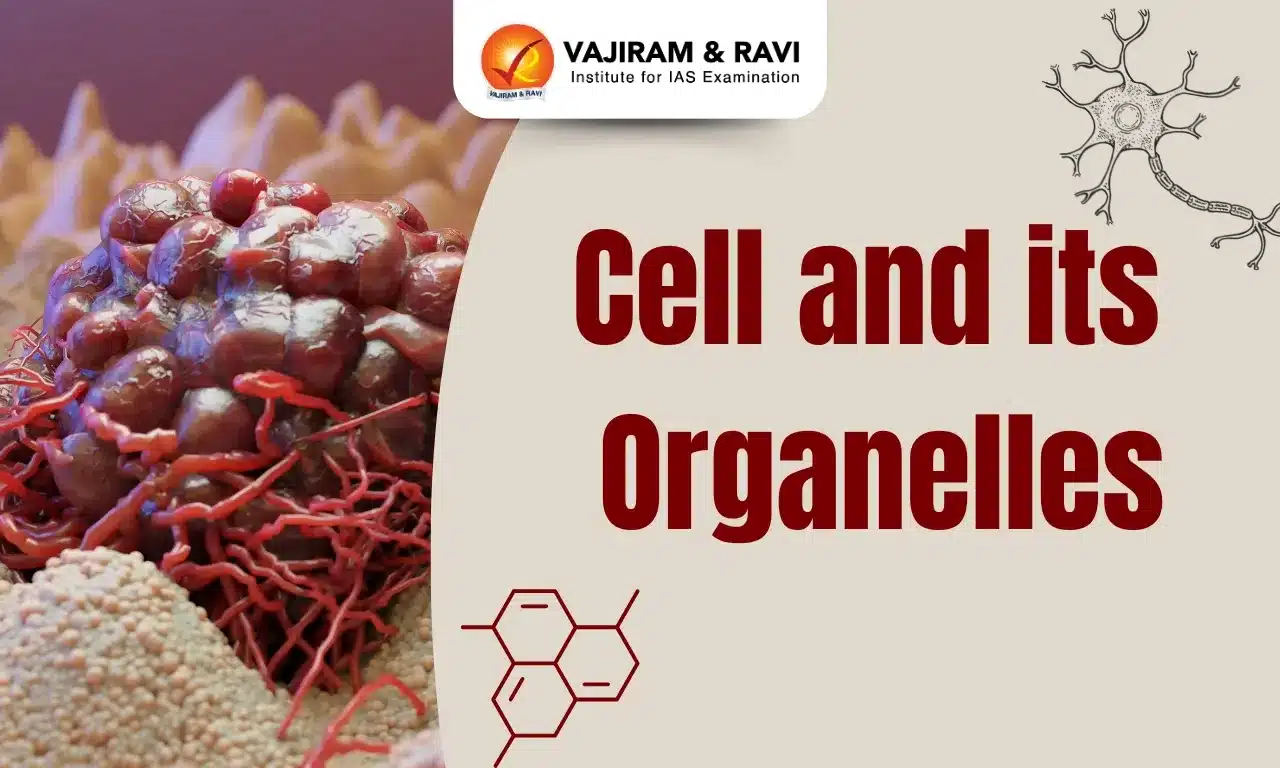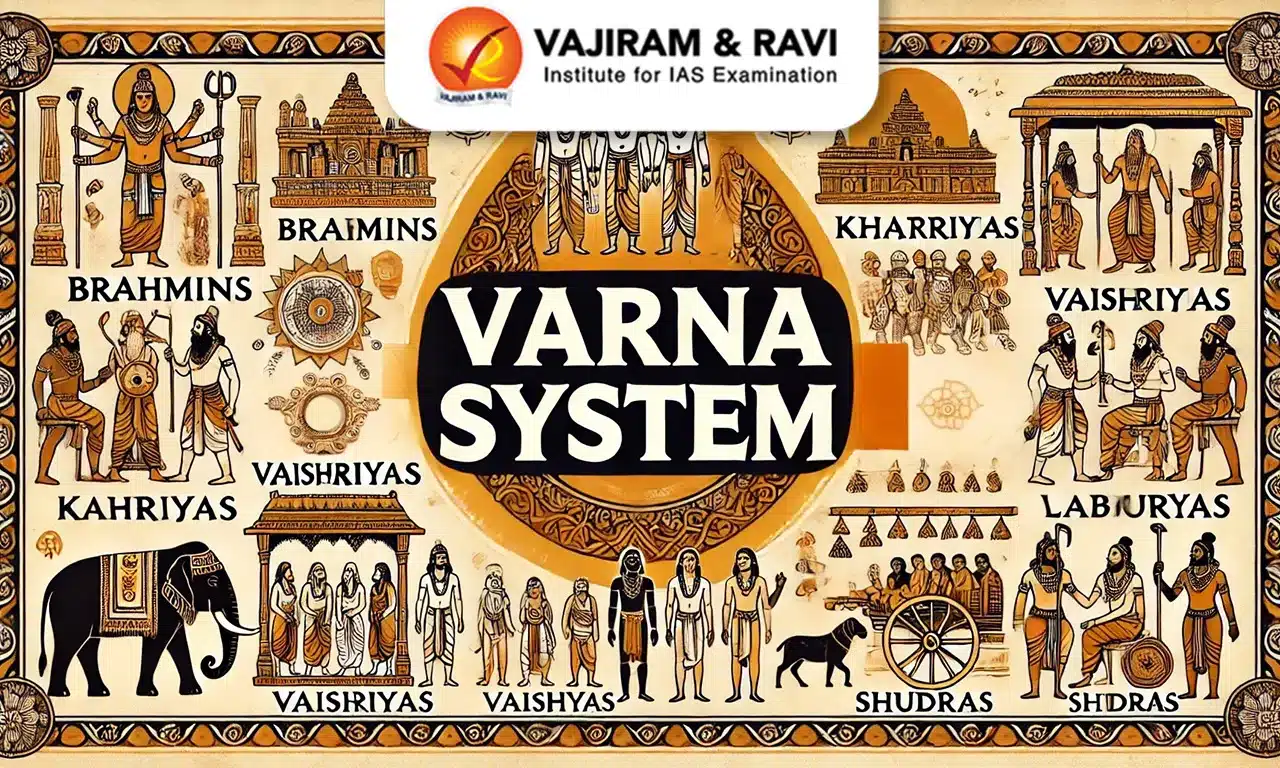Cells are the fundamental units of life, serving as the building blocks of all living organisms. Developed through the groundbreaking contributions of scientists like Matthias Schleiden, Theodore Schwann, and Rudolf Virchow, cell theory established that all living beings are composed of cells and their products. These cells exhibit remarkable diversity, with each organelle contributing to their specific functions and the overall vitality of living organisms.
What is a Cell?
Cells are the fundamental building blocks of all life. Trillions of cells make up the human body. They support the body’s structure, absorb nutrients from food, convert those nutrients into energy, and perform specialised functions.
Cell Theory
In the 19th century, Matthias Schleiden and Theodore Schwann made significant observations regarding cells, leading to the development of the cell theory.
- Schleiden’s contribution (1838): Schleiden examined various plants and noticed that they were made up of different types of cells, which combined to form plant tissues.
- Schwann’s contribution (1839): Theodore Schwann studied animal cells and identified a thin outer layer in cells, known today as the ‘plasma membrane.’ He proposed that both animals and plants are composed of cells and products of cells.
- Schleiden and Schwann collaborated to propose the cell theory. However, it did not explain how new cells developed.
- Rudolf Virchow’s contribution (1855): He expanded on the cell theory and proposed that cells divide and new cells are generated from pre-existing cells, famously stating, “Omnis cellula-e cellula.” It gave the final shape to the cell theory.
- Cell theory at present: All living organisms are composed of cells and the products of cells. Cells are not spontaneously generated but arise from pre-existing cells through the process of cell division.
Types of Cells
There are two main types of cells: Prokaryotic cells and Eukaryotic cells based on the structure of a cell:

Prokaryotic Cells
They are typically found in single-cellular organisms like bacteria, blue-green algae, mycoplasma, and Pleuro Pneumonia Like Organisms (PPLO). They are smaller and multiply faster than eukaryotic cells.
- Shape: They come in various shapes and sizes (0.5-5 µm), with four basic shapes being rod-like (bacillus), spherical (coccus), comma-shaped (vibrio), and spiral (spirillum).
- Cell organisation: Prokaryotic cells have a basic structural organisation, which includes a cell wall (except in mycoplasma), cytoplasm, and a plasma membrane. However, they lack a well-defined nucleus.
- Organelles: Prokaryotic cells lack membrane-bound organelles, except for ribosomes.
- They do have unique structures called mesosomes, which are extensions of the plasma membrane used for various functions.
- Reproduction: Prokaryotic cells reproduce primarily through binary fission, a type of asexual reproduction.
- DNA: Most prokaryotic cells have a single chromosome, which carries hereditary genes in the form of DNA.
Eukaryotic Cells
Eukaryotic cells are found in multi-cellular organisms such as protists, plants, animals, and fungi. They are more complex as compared to prokaryotic cells.

- Cell organisation: Eukaryotic cells exhibit extensive compartmentalisation due to the presence of membrane-bound organelles, such as the nucleus, mitochondria, endoplasmic reticulum, Golgi apparatus, and more.
- Nucleus: Unlike prokaryotic cells, eukaryotic cells have a well-defined nucleus surrounded by a nuclear envelope.
- Distinction between plant and animal cells: Eukaryotic cells vary between plant and animal cells. Plant cells have cell walls, plastids, and large central vacuoles, while animal cells have centrioles, which are absent in most plant cells.
- Organelles: Eukaryotic cells contain a wide range of organelles with specific functions, allowing for a high level of cellular specialisation.
- Reproduction: Eukaryotes can reproduce asexually through mitosis and sexually through meiosis and gamete fusion.
- During mitosis, one cell divides to produce two genetically identical cells.
- In meiosis, DNA replication is followed by cellular division to produce four haploid daughter cells.
- DNA: It contains more than one chromosome.
Structure of Cell
The cell structure is made up of individual components that each perform a specific function in the course of life. The cell membrane, cell wall, cytoplasm, and nucleus are part of the cell structure.

Cell Membrane (Plasma membrane)
- It is the outermost covering of the cell that separates its contents from the external environment.
- It is selectively permeable, allowing the passage of some materials while preventing others.
- Substances like carbon dioxide and oxygen move through the membrane via diffusion.
- Water molecules move through the process of osmosis, which is the net diffusion of water across a selectively permeable membrane toward a higher solute concentration.
Cell Wall
- It is found in plant cells, outside the plasma membrane.
- It is composed mainly of cellulose, providing structural strength to plants.
- A live plant cell experiences contraction or shrinking of its contents away from the cell wall when it loses water through osmosis.
- It is referred to as plasmolysis.
- It allows plant cells to withstand hypotonic external environments, preventing bursting due to excess water uptake.
Nucleus
- It has chromosomes, rod-shaped structures, which appear as rod-shaped structures when the cell begins to split.
- Chromosomes, composed of DNA and protein, carry genetic information.
- It is surrounded by a double-layered nuclear membrane with pores for material transfer between the inside and outside of the environment.
- It plays a central role in cellular reproduction, the process by which a single cell divides and divides again to form two new cells.
- It also determines how the cell develops and what form it takes when mature, by directing the chemical activities of the cell.
Cytoplasm
- The fluid content inside the plasma membrane is referred to as the cytoplasm.
- It is present in both plant and animal cells.
- It contains specialised cell organelles, which have specific functions in the cell.
- The cytoplasm is essential for the cell’s metabolic activities and serves as the medium for various cellular processes.
Cell Organelles
Every cell, especially eukaryotic cells, contains various membrane-bound organelles that serve distinct functions, allowing the cell to carry out complex activities. These organelles are what distinguish eukaryotic cells from prokaryotic cells.

Endoplasmic Reticulum (ER)
- Description: The endoplasmic reticulum (ER) is a vast network of membrane-bound tubes and sheets.
- It resembles long tubules or round or oblong bags (vesicles).
- The structure of the ER membrane is similar to that of the plasma membrane.
- Types: There are two types of ER-
- Rough Endoplasmic Reticulum: It appears rough under a microscope because it has particles called ribosomes attached to its surface.
- It is commonly found in cells that are actively involved in protein synthesis and secretion.
- They are extensive and continuous with the nucleus’s outer membrane.
- Smooth Endoplasmic Reticulum: The smooth endoplasmic reticulum is the primary site of lipid synthesis.
- In animal cells, SER synthesises lipid-like steroidal hormones.
- Rough Endoplasmic Reticulum: It appears rough under a microscope because it has particles called ribosomes attached to its surface.
- Functions:
- It functions as a channel for the transport of materials (particularly proteins) between different regions of the cytoplasm or between the cytoplasm and the nucleus.
- It also serves as a cytoplasmic framework, providing a surface for some of the cell’s biochemical activities.
- For example, SER plays an important role in the detoxification of many poisons and drugs in the liver cells of the vertebrate group of animals.
Golgi Apparatus

- Description: The Golgi apparatus consists of a system of membrane-bound vesicles (flattened sacs) arranged roughly parallel to each other in stacks called cisterns.
- The Golgi cisternae are arranged concentrically near the nucleus, with distinct convex cis or concave trans faces.
- Functions:
- Storing, modifying, and packaging products in vesicles, to be delivered either intracellularly or secreted outside the cell.
- Plays an important role in the formation of glycoproteins and glycolipids.
Lysosomes

- Description: Lysosomes are membrane-bound vesicular structures that the Golgi apparatus forms during the packing process.
- Function: They function as the cell’s waste disposal system. They aid in the cleaning of the cell by digesting foreign material as well as worn-out cell organelles.
- Foreign materials that enter the cell, such as bacteria or food, as well as old organelles, end up in the lysosomes, which are responsible for breaking complex substances down into simpler substances.
- Suicide bags: Lysosomes may burst and enzymes digest their own cell during a disruption in cellular metabolism, such as when the cell is damaged.
Mitochondria

- Description: Mitochondria are known as the cell’s powerhouses. Mitochondria have two membranes that cover them. The outer membrane is permeable, whereas the inner membrane is deeply folded.
- The inner membrane is filled with a dense homogeneous substance known as the matrix.
- The organelle’s continuous limiting boundary is formed by the outer membrane.
- Functions:
- Mitochondria are the places of aerobic respiration. They generate cellular energy in the form of Adenosine triphosphate (ATP), which is why they are referred to as the cell’s “powerhouses.”
- They have their own ribosomes and DNA. As a result, mitochondria can produce some of their own proteins.
Plastids

- Description: Plastids can only be found in plant cells. Plastids are classified into two types:
- Chromoplasts (coloured plastids) are chromosomes that contain the pigment chlorophyll.
- Leucoplasts (white or colourless plastids) are colourless plastids that store materials like starch, oils, and protein granules.
- Functions:
- Plants rely on chloroplasts for photosynthesis.
- Carotene, xanthophylls, and other fat-soluble carotenoid pigments are found in the chromoplasts.
- This causes the plant to turn yellow, orange, or red.
- Plastids have their own DNA and ribosomes, just like mitochondria.
Vacuoles

- Description: Vacuoles are storage sacs that can hold solid or liquid contents. Animal cells have small vacuoles, whereas plant cells have larger vacuoles.
- Vacuoles in plant cells can occupy up to 90% of the cell’s volume.
- Functions:
- They give the cell turgidity and rigidity.
- Many important substances for plant cell life such as amino acids, sugars etc, are stored in vacuoles.
- The contractile vacuole is essential for osmoregulation and excretion in Amoeba.
Ribosomes

- Description: George Palade (1953) discovered ribosomes as dense particles under the electron microscope.
- They are made up of RNA and proteins and are not surrounded by a membrane.
- Function: The ribosome reads the messenger RNA (mRNA) sequence and converts the genetic code into a specific string of amino acids, which develops into long chains that fold to form proteins.
Cytoskeleton

- Description: It is a complex network of filamentous proteinaceous structures in the cytoplasm that includes microtubules, microfilaments, and intermediate filaments.
- Function: The cytoskeleton in a cell performs a variety of functions, including mechanical support, motility, and cell shape maintenance.
Cilia and Flagella

- Description: Cilia and flagella are hair-like cell membrane outgrowths. Cilia are small structures that act like oars, causing the cell or surrounding fluid to move. Flagella are relatively longer and are in charge of cell movement.
- Flagella are also found in prokaryotic bacteria, but they differ structurally from eukaryotic flagella.
- Function:
- They are involved in various functions such as mucus clearance, locomotion, fluid circulation, chemosensation, and mechanosensation.
- They are also involved in signal transduction and human disease.
Centrosome and Centrioles

- Description: Centrosomes are organelles located in the cytoplasm that typically contain two cylindrical structures known as centrioles. Amorphous pericentriolar materials surround them.
- Both centrioles in a centrosome are perpendicular to each other and have a cartwheel-like organisation.
- Function: They are involved in the formation of the network of microtubules which participate in making the cytoskeleton.
Last updated on July, 2025
→ UPSC Notification 2025 was released on 22nd January 2025.
→ UPSC Prelims Result 2025 is out now for the CSE held on 25 May 2025.
→ UPSC Prelims Question Paper 2025 and Unofficial Prelims Answer Key 2025 are available now.
→ UPSC Calendar 2026 is released on 15th May, 2025.
→ The UPSC Vacancy 2025 were released 1129, out of which 979 were for UPSC CSE and remaining 150 are for UPSC IFoS.
→ UPSC Mains 2025 will be conducted on 22nd August 2025.
→ UPSC Prelims 2026 will be conducted on 24th May, 2026 & UPSC Mains 2026 will be conducted on 21st August 2026.
→ The UPSC Selection Process is of 3 stages-Prelims, Mains and Interview.
→ UPSC Result 2024 is released with latest UPSC Marksheet 2024. Check Now!
→ UPSC Toppers List 2024 is released now. Shakti Dubey is UPSC AIR 1 2024 Topper.
→ Also check Best IAS Coaching in Delhi
FAQs on Cells
Q1. What is a Cell?+
Q2. What are the two main types of cells?+
Q3. Why is mitochondria called the powerhouse of the cell?+
Q4. What is the primary function of lysosomes?+
Q5. What is the function of ribosomes in a cell?+
Tags: quest what is a cell















